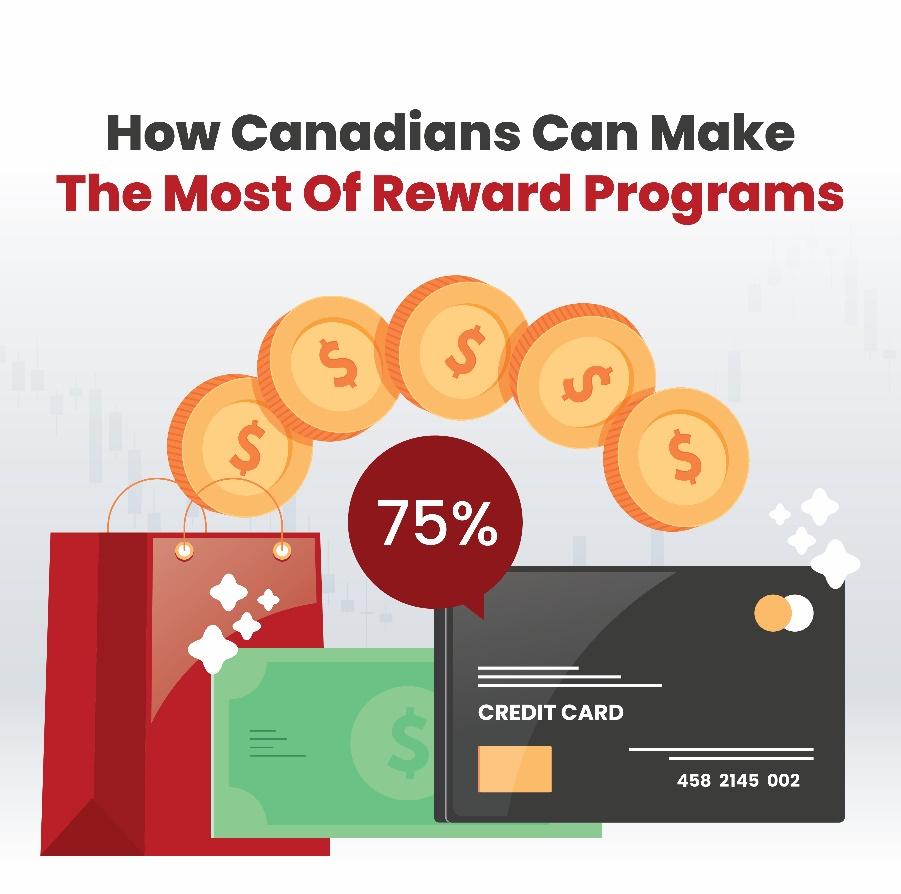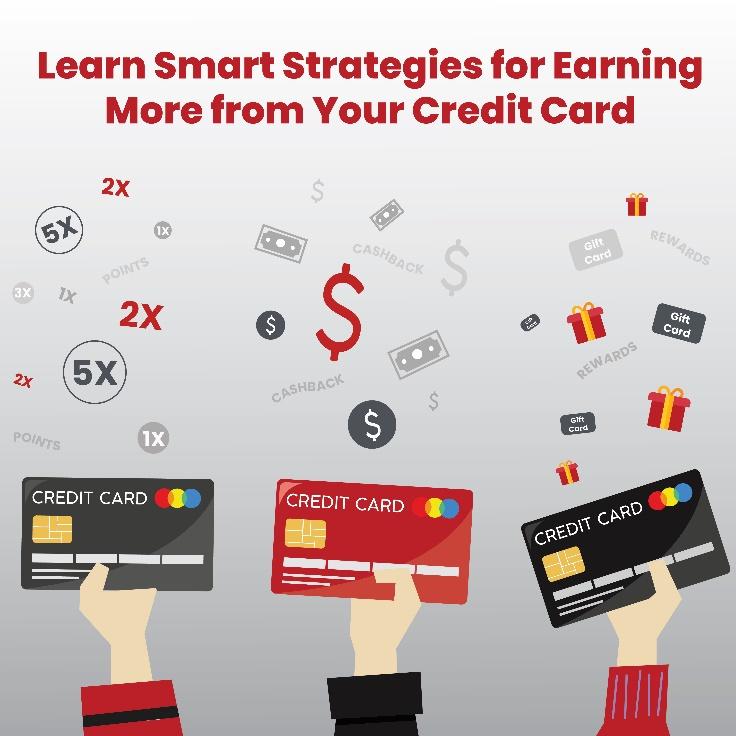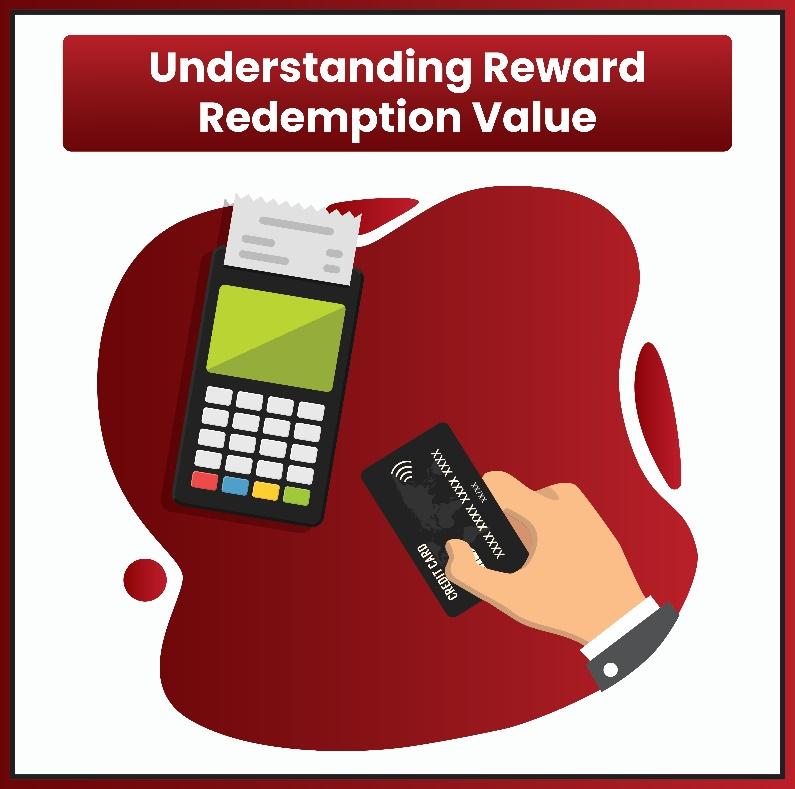Imagine this: you’re sipping a cappuccino at an airport lounge, flying first class to Europe — all paid for with points you accumulated from your credit card. Sounds like a dream, right? It’s the type of glamorous outcome credit card companies love to promote when talking about credit card rewards in Canada.
But beneath the surface of glossy ads and enticing promotions lies a more complex reality. Are these rewards truly as valuable as they seem? Do you end up winning — or paying more than you realize?
In this deep dive, we peel back the layers to explore if credit card rewards in Canada are really worth chasing, how to calculate their true value, and how to avoid common pitfalls that trap even the savviest consumers.
Understanding How Credit Card Rewards Work in Canada
Credit card rewards typically fall into three primary categories: points, miles, and cash back. While some rewards programs are designed to be quite straightforward, others can require a bit of mental gymnastics to truly grasp what you are earning on your purchases.
When you swipe a cash back credit card, the mechanics are usually simple and transparent. For instance, you might receive a direct return on your spending, typically around 1% or 2% of the amount you charge. This means that if you make a purchase of $100, you could earn $1 or $2 in cash back, which is an immediate and clear financial benefit that you can apply toward future purchases or pay off your bill.
In contrast, the systems for earning points and miles are often more intricate. The value of points and miles can vary significantly based on how you choose to redeem them. For example, using your points for travel through a specific airline’s loyalty program might yield better value compared to redeeming the same points for gift cards or merchandise. Therefore, knowing the best ways to redeem these points or miles becomes an essential part of maximizing your rewards.
In Canada, some of the major players in the credit card rewards market include Visa, Mastercard, and American Express. Each offers unique credit cards with varying benefits, including the top-rated cash back credit cards and attractive cash back options from Amex.

The Hidden Costs Behind Reward Programs
At first glance, reward cards can seem like an enticing opportunity, almost like a free lunch. They often promise enticing benefits such as cash back, travel points, and various perks that can make spending feel more rewarding. However, it’s crucial to look beyond the surface and consider the potential downsides that accompany these cards.
One significant drawback is the higher interest rates commonly associated with reward credit cards. While you may be lured in by the prospect of earning rewards with each purchase, if you find yourself carrying a balance, the interest you accrue can quickly negate any benefits you might receive from those rewards.
For example, a premium cash back card might advertise a jaw-dropping 5% cash back at grocery stores. However, if you are paying an annual fee of $120 and carrying a balance at a steep interest rate of 20%, that “free money” starts to evaporate more rapidly than one might expect.
Moreover, many reward cards have annual fees that can add to their costs. While they may provide attractive rewards, these fees can chip away at the overall value you receive. Therefore, it is essential to evaluate whether the rewards offered truly exceed the costs incurred through fees and interest.
In Canada, the true value of credit card rewards becomes apparent only when you diligently pay off your balance in full every month. For individuals who consistently carry a balance, the mathematics of these reward systems rarely work in their favor. The extra charges from interest rates and fees can overshadow the accumulation of rewards.
Ultimately, while reward cards can be beneficial for some, you must tread carefully. Being aware of the nuances and complexities involved is essential to making informed financial decisions that work for your unique situation.
How to Calculate the True Value of Your Credit Card Rewards
Let’s say you spend $2,000 a month on your credit card. If your Amex cash back card offers 2% cash back across all purchases, you’d earn $480 annually.
However, if the card has a $120 annual fee, your net gain drops to $360. If you accidentally miss a payment or accrue even modest interest, you could wipe out your entire year’s earnings.
When evaluating credit card rewards in Canada, consider:
- Annual fee vs. earned rewards
- Spending categories and your lifestyle fit
- Points devaluation (common with airline and hotel loyalty programs)
- Flexibility of redemption
Being methodical about the math — rather than dazzled by introductory bonuses — is essential.
The Power of Sign-Up Bonuses — and the Fine Print
One of the juiciest ways to earn big rewards quickly is by capitalizing on sign-up bonuses offered by various credit card companies. Many highly rated cash back credit cards provide enticing rewards, often amounting to hundreds of dollars, if you meet a minimum spending requirement within the first few months of opening the account. These bonuses can certainly be appealing to anyone looking to maximize their financial benefits, especially if you’re a diligent budgeter.
However, it’s essential to pay close attention to the fine print associated with these offers. Often, the sign-up bonuses come with stipulations such as minimum spend thresholds, tiered reward structures, and expiration dates. This means you must navigate the terms carefully to ensure that you can actually qualify for the rewards. Additionally, it’s worth noting that once the bonus has been awarded, the ongoing rewards from using the card might not be compelling enough to justify the card’s annual fee.
Therefore, before applying for any cash back credit card with a sign-up bonus, ask yourself honestly: Would I naturally spend this specified amount without significantly altering my budget or financial habits? If the answer is no, it may be wiser to reconsider pursuing the sign-up bonus, as it may ultimately lead to unnecessary financial strain. Be sure to evaluate your spending patterns and needs to determine if this type of card aligns with your overall financial strategy.
Premium Cards vs. No-Fee Cards: Which Offers Better Value?
When considering credit cards, it’s essential to weigh the benefits of premium cards against those of no-fee cards. Premium cards often come with elevated perks that can significantly enhance your purchasing power and overall experience. These perks typically include higher cash back percentages, which can be particularly advantageous for individuals who spend generously in specific categories, like dining or travel.
Additionally, many premium cards grant access to exclusive airport lounges, making travel more comfortable and enjoyable. Other benefits include comprehensive travel insurance, which provides peace of mind when traveling, and concierge services that can help with a range of tasks, from booking reservations to organizing special events. However, it’s important to note that the annual fees for these premium cards can vary widely, ranging from $120 to $700 or even more, depending on the card and its associated benefits.
In contrast, no-fee cards are designed for simplicity and do not charge an annual cost, making them an attractive option for individuals who prefer a more straightforward relationship with their credit card. While these cards typically offer lower cash back rates, they can still be an excellent choice for consumers who do not want to commit to a significant annual fee.
Ultimately, choosing between a cash back card with an annual fee and a no-fee card should be based on your spending habits, the types of purchases you frequently make, and how often you travel or utilize other benefits offered by premium cards. Taking the time to evaluate your lifestyle and financial goals can lead to a more informed and rewarding decision.

How Redemption Value Impacts Your Rewards
Not all points are created equal. Some programs offer better redemption rates than others.
Redeeming for flights often yields higher per-point value compared to merchandise or gift cards. Amex cash back and Membership Rewards points, for example, can be transferred to airline programs for potentially greater value — but only if you’re flexible and plan in advance.
Gift cards, meanwhile, usually offer a flat redemption rate, making them predictable but often less lucrative.
If you’re chasing maximum value, always do the math: what is each point worth when redeemed?
Why Cash Back Often Beats Points
For the average Canadian, simplicity is key when it comes to financial products. This preference for straightforward solutions is why top-rated cash back credit cards have remained incredibly popular over the years. A cash back card that offers a straightforward 2% return provides a level of predictability that many consumers find appealing. With such a card, you know exactly what to expect with every purchase, eliminating any uncertainty that might come with other types of reward programs.
Unlike travel rewards, cash back cards do not subject users to blackout dates, devaluation of points, or limited inventory for redemptions. This means there are no complicated rules to understand or navigate, which is a huge selling point for individuals looking for easy, hassle-free options. Additionally, cash is incredibly versatile; it can be utilized to pay down credit card balances, reinvest in savings accounts, or be spent on personal treats and indulgences.
For those who are not frequent travelers or who do not find joy in the intricate game of maximizing points redemptions, opting for cash back is often the safer and easier choice. Ultimately, it aligns well with the desire for simplicity and transparency in personal finance.
Hidden Perks That Add Extra Value
Many premium credit cards in Canada come loaded with benefits that go beyond rewards:
- Purchase protection (covering stolen or damaged items)
- Extended warranty coverage
- Rental car collision damage waivers
- Travel medical insurance
Savvy cardholders can derive significant extra value from these perks — often justifying the annual fee without even factoring in points or cash back earnings.
However, if you never travel or rent cars, these benefits may offer little tangible value for you.
When Credit Card Rewards Aren’t Worth It
Despite the potential upside, there are situations where credit card rewards in Canada just aren’t worth pursuing.
If you:
- Regularly carry a balance
- Overspend to chase rewards
- Struggle to meet minimum spending thresholds
- Rarely redeem points in high-value ways
Then, you are likely subsidizing the program, not benefiting from it. In these cases, opting for a no-fee cash back card and focusing on debt repayment may be a smarter financial move.
Strategies to Maximize Your Rewards
Maximizing credit card rewards in Canada involves a few key strategies:
- Match your card to your spending habits. (E.g., choose a card with high grocery cash back if you spend a lot on food.)
- Always pay your balance in full.
- Track promotional bonus categories each quarter if available.
- Take advantage of sign-up bonuses — wisely.
- Stack rewards by using online shopping portals linked to your card issuer.
Final Thoughts: Is It Worth It for You?
The ultimate question is deeply personal: Are the rewards truly worth it for me?
If you are financially disciplined, strategically select your cards, and align rewards with your spending habits, credit card rewards in Canada can absolutely be worth it. If not, the potential pitfalls — interest, fees, overspending — can outweigh the flashy rewards.
Remember: rewards should enhance your financial journey, not derail it.
Where To Apply For The Best Canadian Credit Cards?
Great Canadian Rebates is an online platform that lets Members compare credit card options available in Canada and apply for the one that best suits their financial and lifestyle requirements. It’s free to join, and Members can also choose from over 700 well-known merchants and take advantage of great rebates, deals, and discounts.


